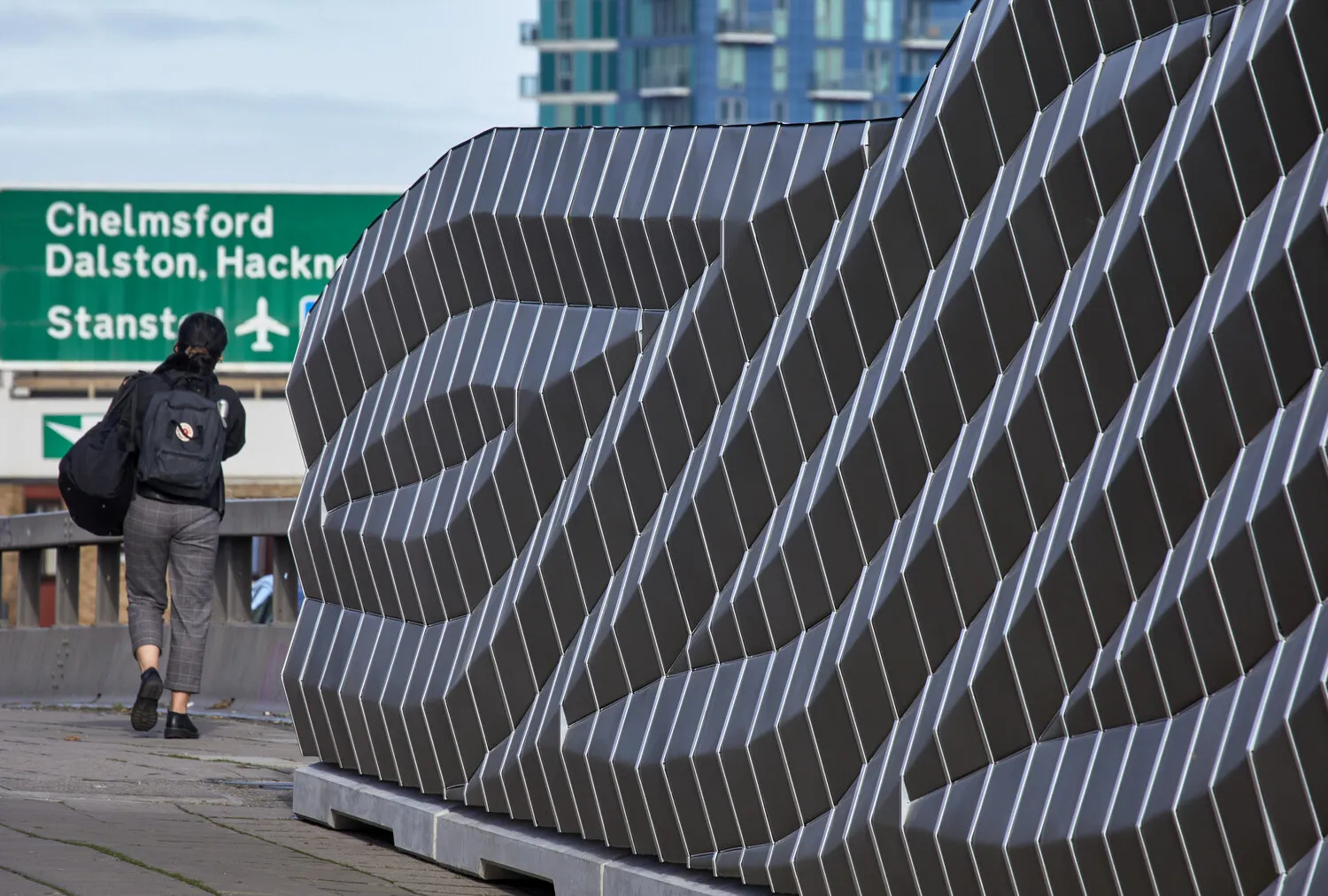Southern Railway’s the key ITSO smart card, developed by Cubic Transportation Systems, has won the prestigious Putting Passengers First category at the National Rail Awards 2014 in London.
The award recognises the close cooperation of the two organisations with the judges noting that together, Cubic and Southern have produced the first mass application national rail smart card. It provides passengers with unrestricted travel on most of the Southern network, stretching along the south coast of England, t
October 7, 2014
Read time: 2 mins
Southern Railway’s the key ITSO smart card, developed by 378 Cubic Transportation Systems, has won the prestigious Putting Passengers First category at the National Rail Awards 2014 in London.
The award recognises the close cooperation of the two organisations with the judges noting that together, Cubic and Southern have produced the first mass application national rail smart card. It provides passengers with unrestricted travel on most of the Southern network, stretching along the south coast of England, through east and west Sussex, Surrey, and parts of Kent and Hampshire.
Recently, Southern's passengers using the key were provided with the ability to use TravelCards allowing travel throughout the Oyster card network in London, a system that also employs Cubic’s technology.
The judges said the smartcard was a clear winner; smart cards are the future of ticketing and the work done by Southern and Cubic will become the standard for smart ticketing in the south-east.
Roger Crow, senior vice president and managing director of Cubic Transportation Systems’ European operations said, “We are delighted that together with Southern we have received this accolade. Southern’s application of the key is a prime example of empowering customers to have the freedom to travel, not just across its own network but across multiple operators. Its smartcard continues to receive industry recognition, proving that it is not just popular with the travelling public.”
Southern’s commercial director, Alex Foulds said, “Putting passengers first is what we are all about, so to win this category is especially pleasing. I’m incredibly proud that the work our team and our partner Cubic have put into making ‘the key’ happen has been recognised with this great win.”
The award recognises the close cooperation of the two organisations with the judges noting that together, Cubic and Southern have produced the first mass application national rail smart card. It provides passengers with unrestricted travel on most of the Southern network, stretching along the south coast of England, through east and west Sussex, Surrey, and parts of Kent and Hampshire.
Recently, Southern's passengers using the key were provided with the ability to use TravelCards allowing travel throughout the Oyster card network in London, a system that also employs Cubic’s technology.
The judges said the smartcard was a clear winner; smart cards are the future of ticketing and the work done by Southern and Cubic will become the standard for smart ticketing in the south-east.
Roger Crow, senior vice president and managing director of Cubic Transportation Systems’ European operations said, “We are delighted that together with Southern we have received this accolade. Southern’s application of the key is a prime example of empowering customers to have the freedom to travel, not just across its own network but across multiple operators. Its smartcard continues to receive industry recognition, proving that it is not just popular with the travelling public.”
Southern’s commercial director, Alex Foulds said, “Putting passengers first is what we are all about, so to win this category is especially pleasing. I’m incredibly proud that the work our team and our partner Cubic have put into making ‘the key’ happen has been recognised with this great win.”









